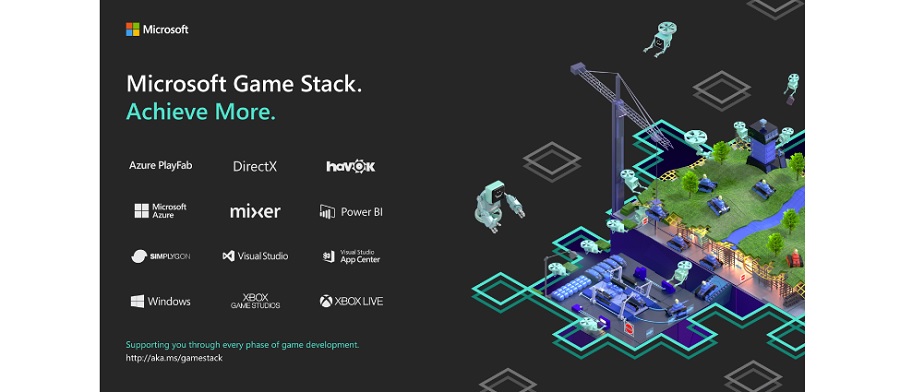Just ahead of the Game Developers Conference, Microsoft announced that its new Microsoft Game Stack will bundle all of the tools and services that game developers need to make games, whether they are cloud-connected or not.
The bundle is aimed at everyone, from indie developers to Triple-A studios, and it includes the latest version of PlayFab, the live game services and operations company that Microsoft acquired last year.

Unlock premium content and VIP community perks with GB M A X!
Join now to enjoy our free and premium membership perks.
![]()

![]()